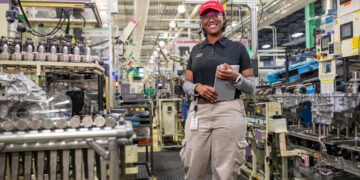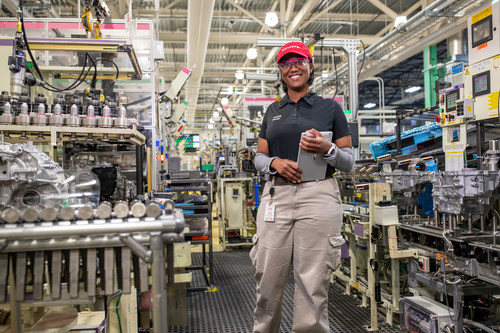Toyota invested late last year hybrid transaxle production in West Virginia. With demand already growing new investments are being made at two U.S. manufacturing sites. One in West Virginia and the second a facility in Tennessee.
“Toyota Manufacturing West Virginia has been a strong partner for our state for 25 years,” said Senator Joe Manchin (D-W. Virginia), “Today’s announcement of a new $83 million investment brings their total investment in the Buffalo plant to $533 million in the last 12 months and is yet another example of their commitment to growing their business in the Mountain State,” Manchin said. “I’m thrilled West Virginians will continue to play a role in the future of Toyota’s manufacturing in the United States, and I look forward to working with Toyota to continue to grow their business in our state.”
According to Toyota the new $90 million will be allocated in the two different states as follows according to press-releases:
- Toyota West Virginia (TMMWV) – $73 million
This investment comes on the heels of the $240 million investment announced in November and will increase hybrid transaxle production capacity to 600,000 units per year. With this funding, TMMWV will also begin assembling an estimated 120,000 rear motor stators per year, a key component in electric motors. Currently, a team of more than 2,000 build approximately one million engines and transmissions annually for many of Toyota’s North American-assembled vehicles. With today’s announcement, Toyota has invested more than $2 billion in its West Virginia plant.
- Toyota Tennessee (TMMTN) – $17 million
The Tennessee investment increases the plant’s capacity to cast hybrid transaxle cases and housings to 1.3 million per year. The nearly 400 employees at TMMTN currently produce a million transmission cases and housings and approximately 1.8 million engine blocks a year, parts needed for every Toyota and Lexus vehicle manufactured in North America. The added investment to the plant brings the to-date total investment to $389 million.
Hybrid electric vehicle systems use in tandem two separate sources of propulsion. Usually both an internal combustion engine and an electric motor. While hybrid systems are certainly more complex than a conventional vehicle the system allows the vehicle to be more energy efficient. Though such configurations tend to add to the weight and mass of such vehicles.
More information on this news can be found here.







































